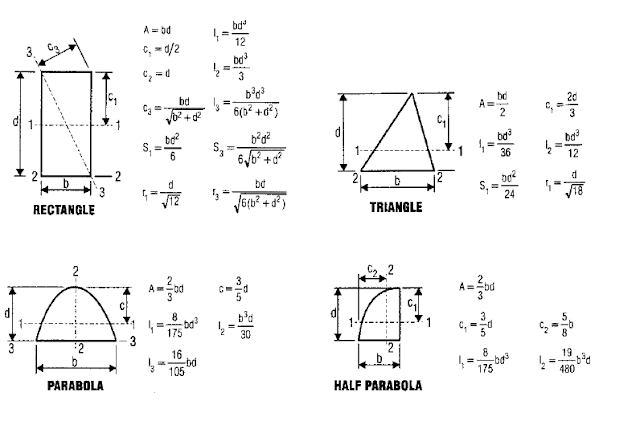All real physical structures, when subjected to loads or displacements, behave dynamically. The additional inertia forces, from Newton’s second law, are equal to the mass times the acceleration. If the loads or displacements are applied very slowly then the inertia forces can be neglected and a static load analysis can be justified. Hence, dynamic analysis is a simple extension of static analysis.
In addition, all real structures potentially have an infinite number of displacements. Therefore, the most critical phase of a structural analysis is to create a computer model, with a finite number of massless members and a finite number of node (joint) displacements, that will simulate the behavior of the real structure. The mass of a structural system, which can be accurately estimated, is lumped at the nodes. Also, for linear elastic structures the stiffness properties of the members, with the aid of experimental data, can be approximated with a high degree of confidence. However, the dynamic loading, energy dissipation properties and boundary (foundation) conditions for many structures are difficult to estimate. This is always true for the cases of seismic input or wind loads.
To reduce the errors that may be caused by the approximations summarized in the previous paragraph, it is necessary to conduct many different dynamic analyses using different computer models, loading and boundary conditions. It is not unrealistic to conduct 20 or more computer runs to design a new structure or to investigate retrofit options for an existing structure.


























